Next has made another leap forward with its latest store revamp at Oxford Circus. John Ryan finds out more about the new format
The last time that Next chief executive Simon Wolfson commented at length on giving one of the retailer’s stores a makeover, it was in the company’s annual report in May last year.
At that time he stated that short, sharp fit-outs of about six to eight weeks cost £22 a sq ft. He contrasted this with the price of more comprehensive revamps, lasting from 12 to 16 weeks, which cost about £65 a sq ft. This, he said, meant that a rapid facelift was more desirable than a protracted refit, if a store was less than six years old. Presumably because it would already be sufficiently up to date not to require a major redesign with all of the concomitant capital expenditure implications.
The benchmark for Next had been its spanking new 43,000 sq ft store in Sheffield’s meadowhall Meadowhall shopping centre, which had been designed by Dalziel + Pow and opened in October 2007.
Getting on for 18 months later, the retailer’s Oxford Circus store has reopened for business with three floors giving a selling area of 20,000 sq ft. Once more, it is Dalziel + Pow that has worked with Next to create the interior of this next-generation store and the fit-out has taken six weeks.
If Wolfson’s annual report rule of thumb holds good, this would equate to a £440,000 price tag to get the store up to its present state of readiness. However, the problem is that the quality of the fixtures and the materials that have been employed make one’s estimate veer towards the £65 a sq ft number, which would put the shopfit cost closer to £1.3m.
The truth of the matter is that without knowing the exact figure, it is hard to speculate on the cost and Next is characteristically tight-lipped on the matter. Add to this the price of using Dalziel + Pow and it is entirely possible that the cost might have run to £1.5m – although the design consultancy’s fees will undoubtedly be spread across future stores as well as this one.
What can be said is that this is a very good store and a considerable improvement, not only on the storefit that it replaces, but also on the Meadowhall blueprint that kicked the whole process off.
Dalziel + Pow creative director David Dalziel says: “We were asked to consider what we would have done if we hadn’t done what we did [at Meadowhall and Westfield]. The result is that there is more texture, more light and a softer feel.
“We’ve lost the black on the walls completely and made more of a statement at the entrance. The shopfront is as strong as it could be and the interior is 70 per cent of where we want it to be.”
Stand across Oxford Street from the store and it is immediately apparent that things are different. The double-height glass frontage, straddled by a lower case logo that uses the glass rather than the traditional black background to make it standout, is impressive. An internal pillar, clad in light sand-coloured stone divides the glass frontage into two parts and forms the right-hand side of the wide doorless entrance.
Step through the door and two things will hit the store-environment aware visitor. The first is probably the stone- clad wall that runs upwards into the escalator void on the right. Stone detailing was used, in a much more modest manner, in the Westfield store – which opened on October 30 last year. It was obviously considered a winner from a store design perspective because it runs through all three floors in this store as progress is made up the escalator.
The thought that this must weigh a ton is perhaps the first thing that crosses the mind and this is followed by the feeling that this must have been expensive. A Next spokesman confirms that this is the case, but if money has to be spent on an arresting in-store feature, this looks worth it.
Move around the ground floor and subtle changes can be found almost everywhere. On the left-hand side of the shop the panels that provide a home for the perimeter-hung stock stand proud of the wall itself, allowing views of the rough-cast concrete behind them. This is a feature that is repeated across the store and in some areas the panels are dispensed with altogether, in favour of having bare concrete around the perimeter.
The ground floor is devoted to womenswear and beyond the perimeter walls the stock is contained within frames of various types and colours, although dark wood and oak planking are the materials that dominate the space.
In the mid-shop area, much of what is on view will be familiar to shoppers who have visited the newer stores, as will the liberal use of mannequins posed, at various intervals, across the floor. Yet at every turn there has been a mild revision of what has gone before and there is the sense that this store is just the latest stage in a design story that has been developing with every new branch opening.
The denim department, on the right-hand side of the shop and separated from the other side by the transparent, metal-framed, free-standing wall that Next has developed and refined, also looks good. Here the oak floor planking is continued up the perimeter wall, promoting an upscale log-cabin feel.
At the back of the shop is the cash-and-wrap area. A slick treatment with wood panels in a light pastel colour backs the long multi-till counter. The extended counter with multiple checkouts has become a trademark of mid-market fashion retailers of late. But Next, along with a number of other retailers, is becoming increasingly adept at incorporating this element into its store design as an aesthetically pleasing feature.
Now consider the other thing that is very obvious when looking at this interior: the lighting. In Next stores of old, lighting levels were pretty uniform across the interiors, with little variation. This store appears brighter in some parts and darker in others, adding drama to the prospect.
Before exiting the ground floor, it’s worth standing once more at the entrance and looking upwards. Overhead, a series of coffers are used to diffuse the light in the ground floor’s mid-shop area, which is a part of the new approach to making the internal landscape more interesting.
On the first floor, pausing to admire the window that has been punched through the escalator well to allow more daylight into the area, shoppers will find menswear. The fixturing on this level is lower than was the case previously, allowing shoppers views across the entire floor and making in-store navigation more straightforward. To make sure that the eye does rove freely, baroque wallpaper, with a swirly gold pattern set against a dark green background, has been applied to the wall furthest from the escalator.
Between these two extreme points, as well as the standard fixtures there are pieces of vintage furniture, used as table displays for knitted merchandise in one area and denim in another.
Finally, the top floor carries children’s clothing and a very small capsule homewares collection, consisting of scatter cushions, vases and suchlike. There is little about this floor that is different from what was done in Westfield, but the execution is polished and the graphic-covered pillars and the bleached wood cash desk are both worth taking a look at.
Dalziel says: “This is the second phase in a development that began in White City Westfield.” From this, it seems reasonable to infer that things will develop further when Next unveils new-look outlets at Gateshead’s Metro Centre and in Aberdeen later this year. As a retailer, therefore, Next continues to provide shoppers with environmental reasons for visiting its branches.
Store facts
Size: 20,000 sq ft, spread across three floors
Design: Dalziel + Pow
Cost: estimated at between £400,000 and £1.5m
New features: raw concrete walls, vintage furniture, large glazed frontage and revamped cash desks
Project length: six weeks
Next projects: Gateshead Metro Centre and Aberdeen (both in the autumn)
What’s next?
There has been a Next store just east of Oxford Circus for more than two decades, although not always on the present site.
In the 1980s, a few doors along the street, Next grabbed the window display high ground with a hi-tech garment conveyor belt that transported merchandise endlessly across the two-floor window line. At the time, Oxford Street shoppers could be seen stopping to take photos, although it must have been something of a folly in terms of the price of installation and ongoing maintenance. The present store has a sister to the west, at the corner where Oxford Street meets Bond Street.
The latest Oxford Circus revamp was probably overdue as neighbours Zaraand Urban Outfitters have both continued to update. The modernisation has catapulted Next back into the vanguard, making it a natural destination for those emerging from the nearby tube station.
The challenge for Next has to be modularity. It needs what is on show in Westfield, Oxford Street et al to be capable of being replicated elsewhere. The chances are good that this will prove to be a reality as Next has consistently proven itself able to take a store design concept and make it cost-effective for other branches. Ultimately, the Oxford Circus store may be a flagship, but it is unlikely to be a one-off.




















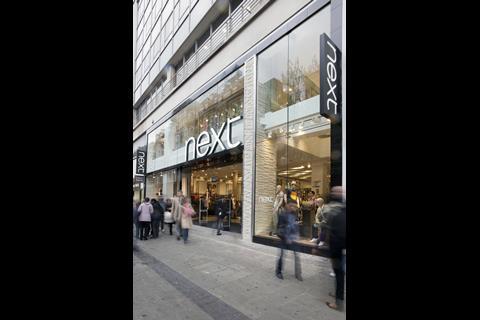
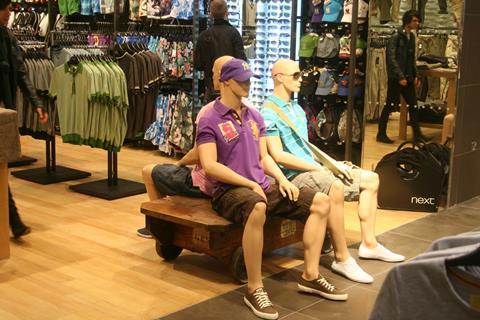
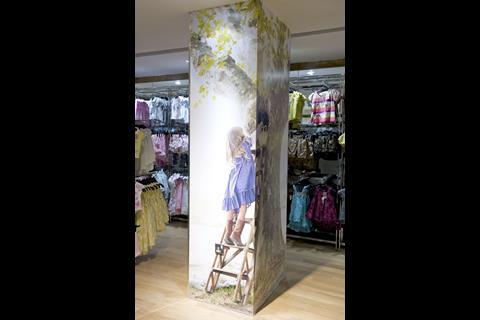
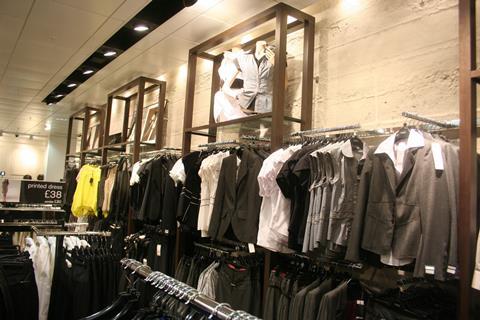
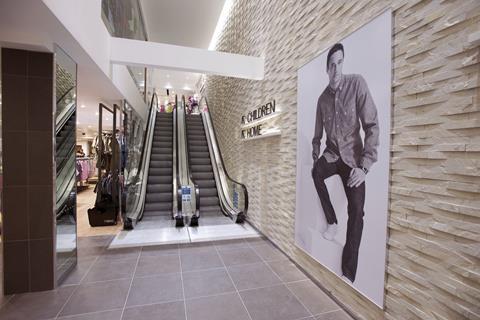
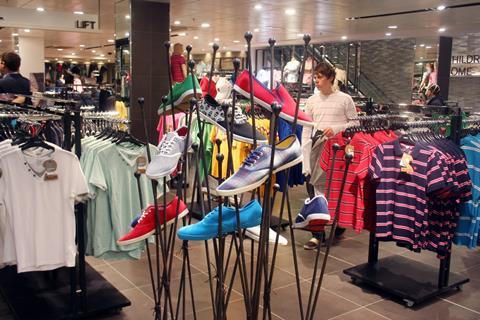

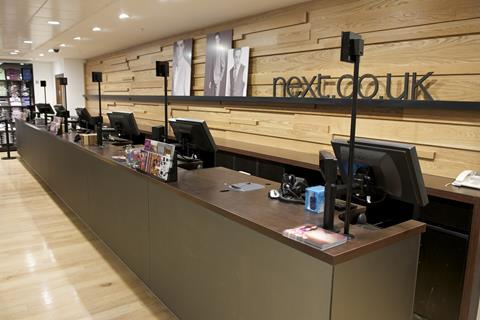



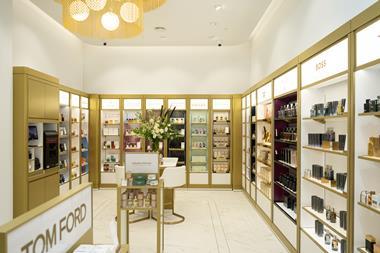


No comments yet